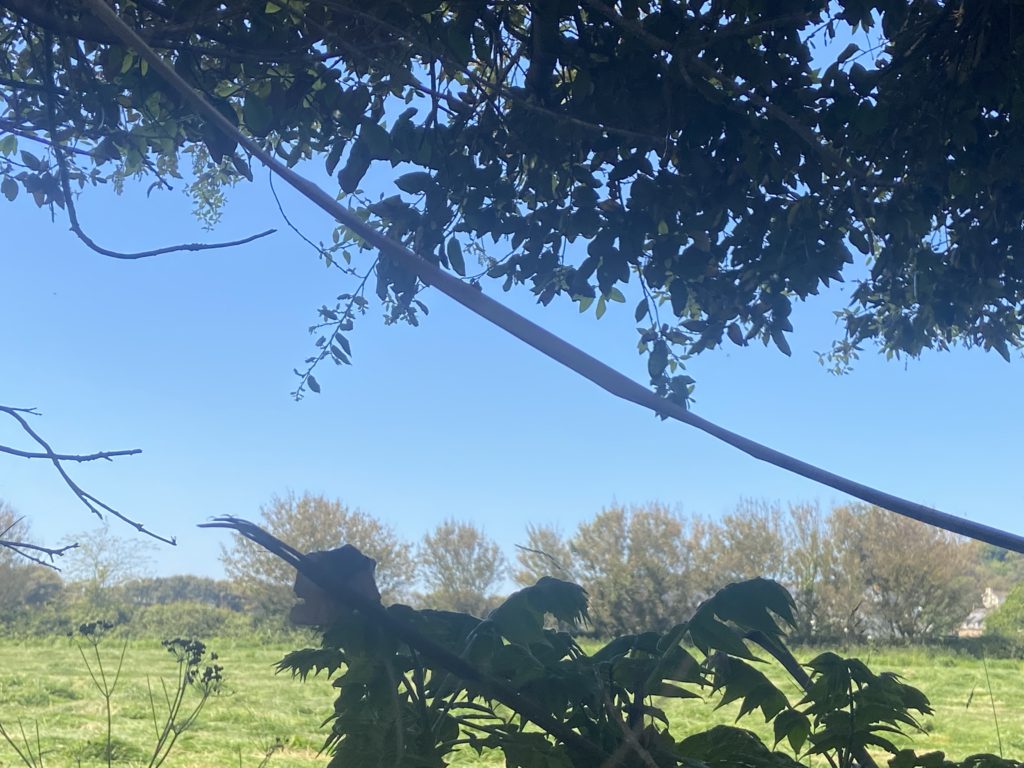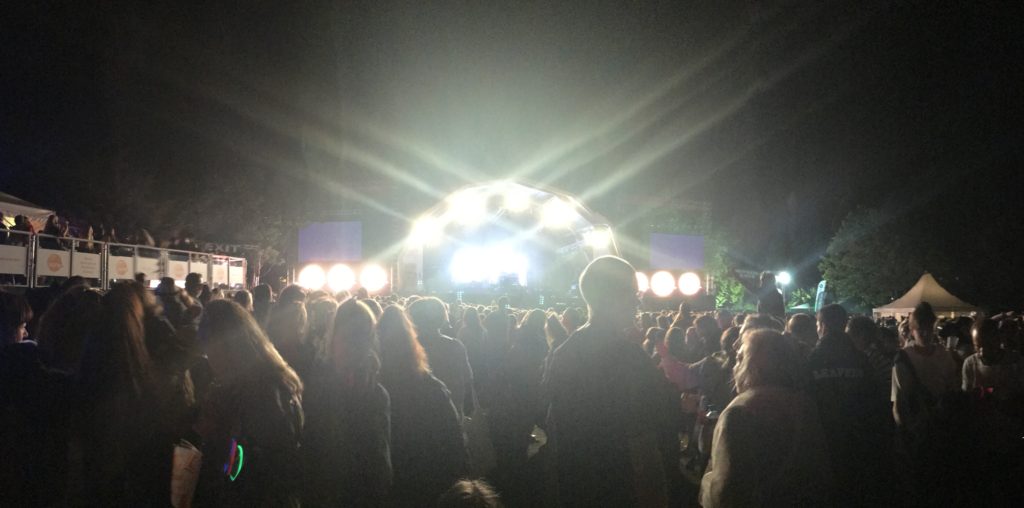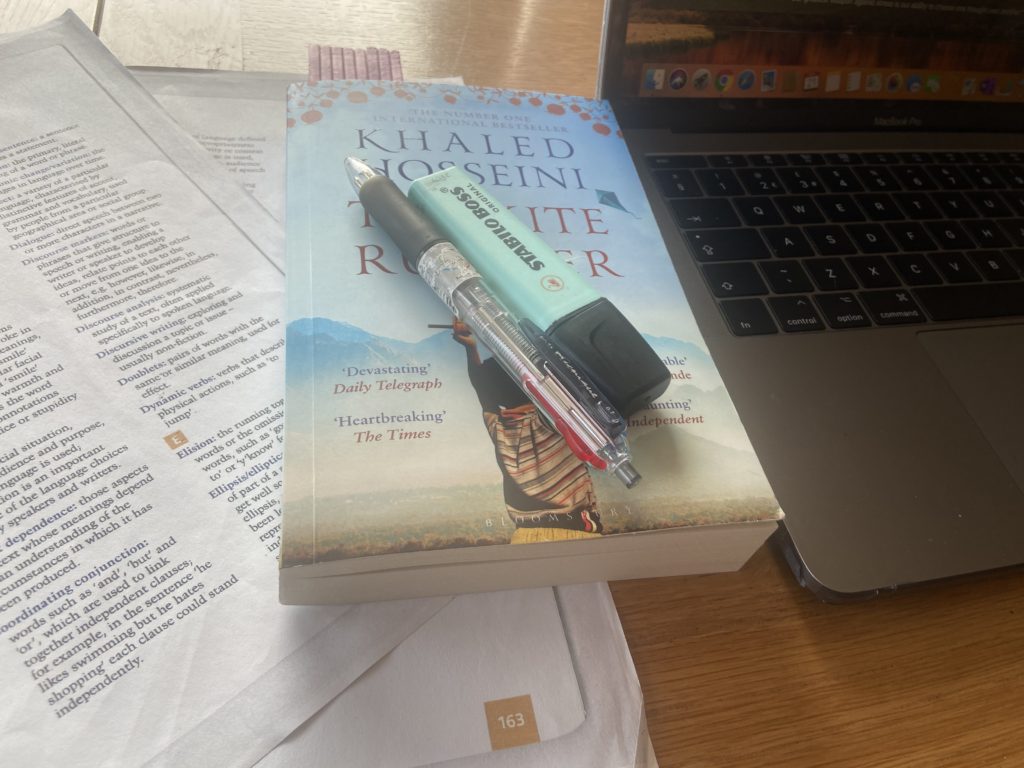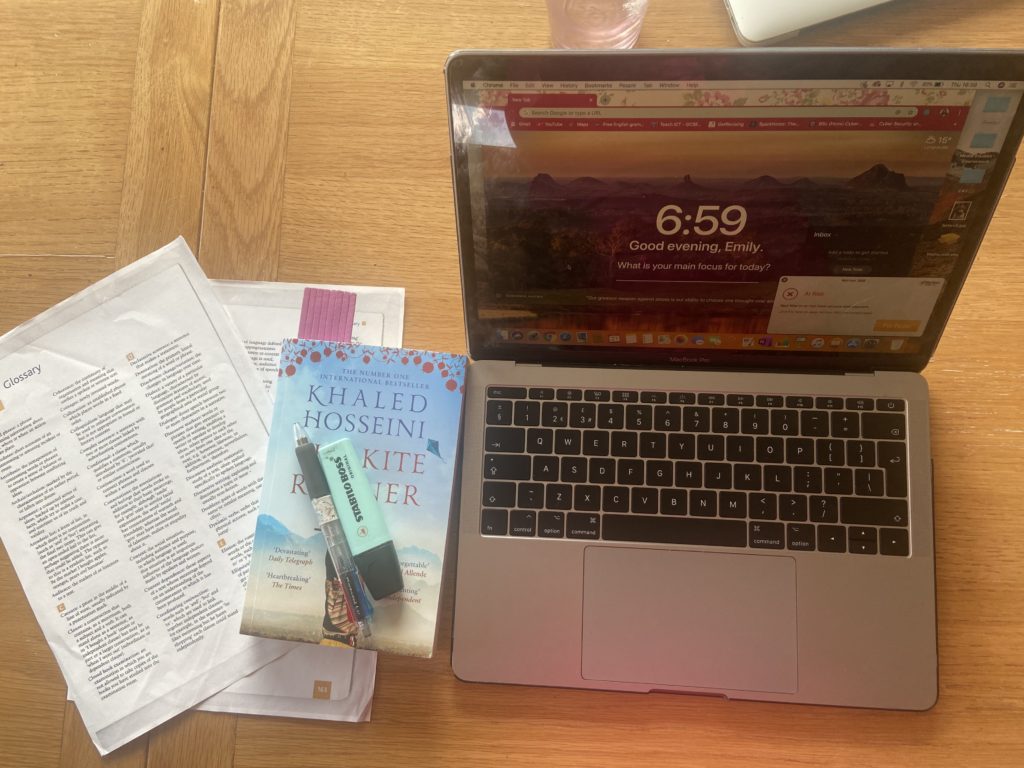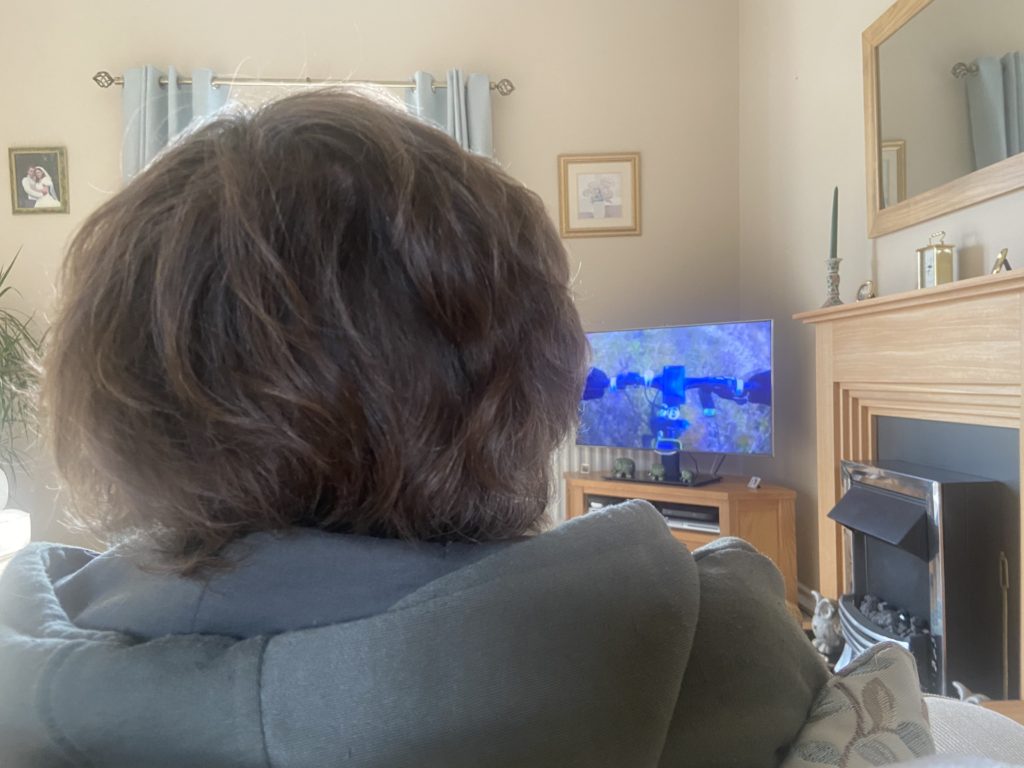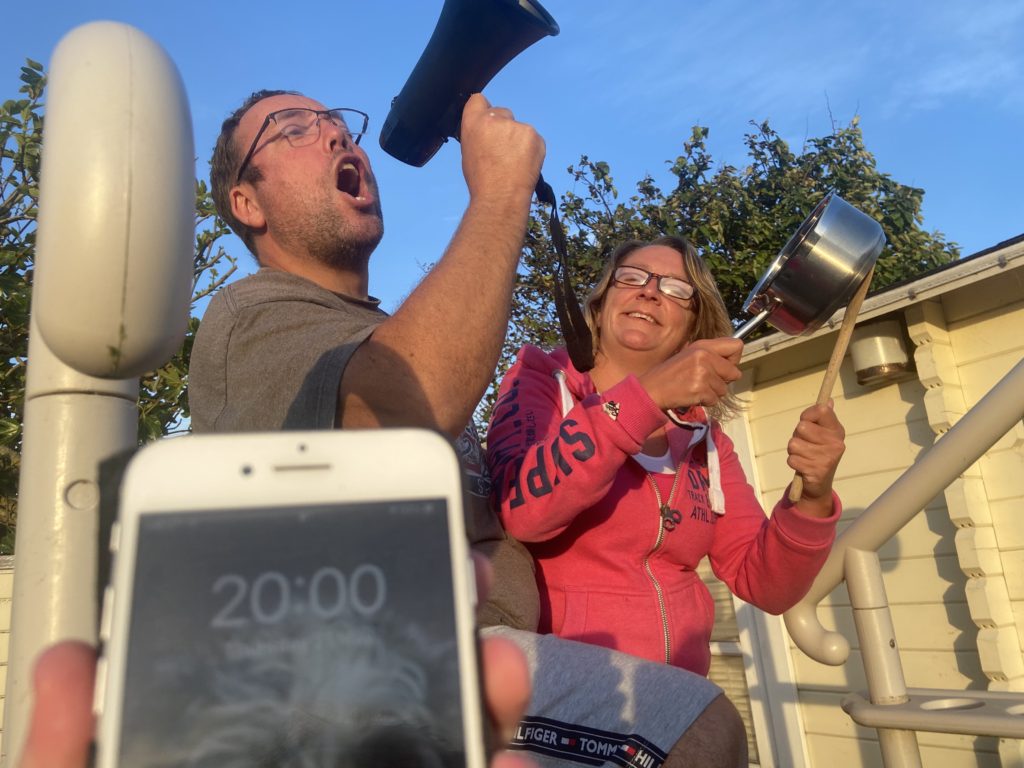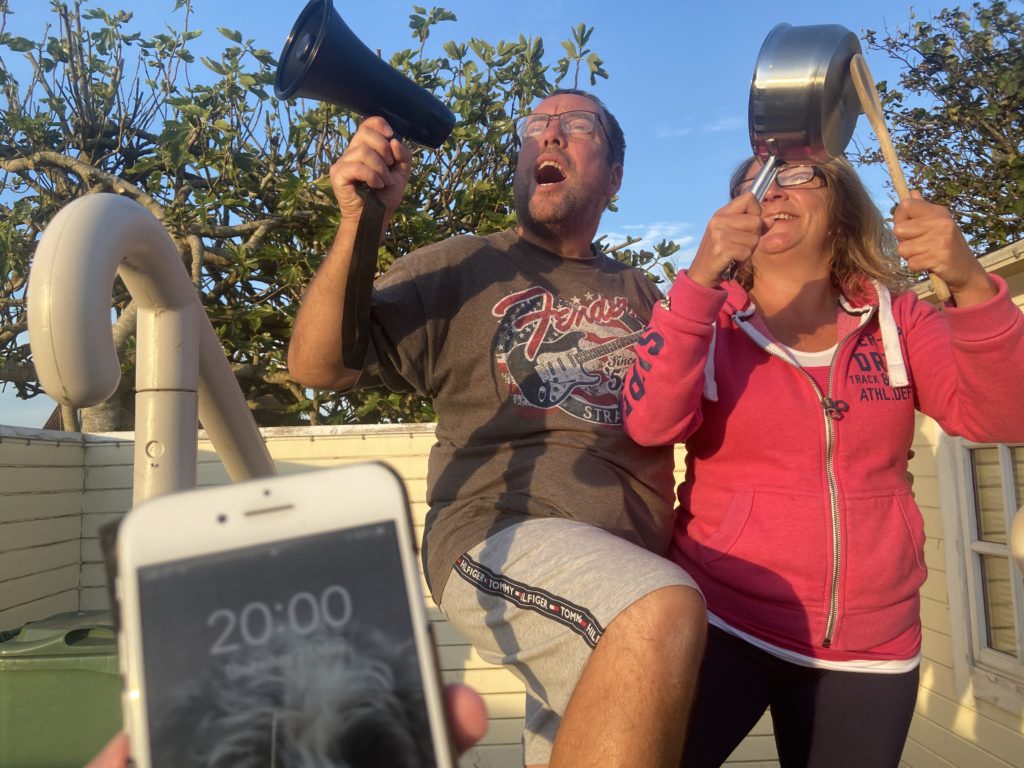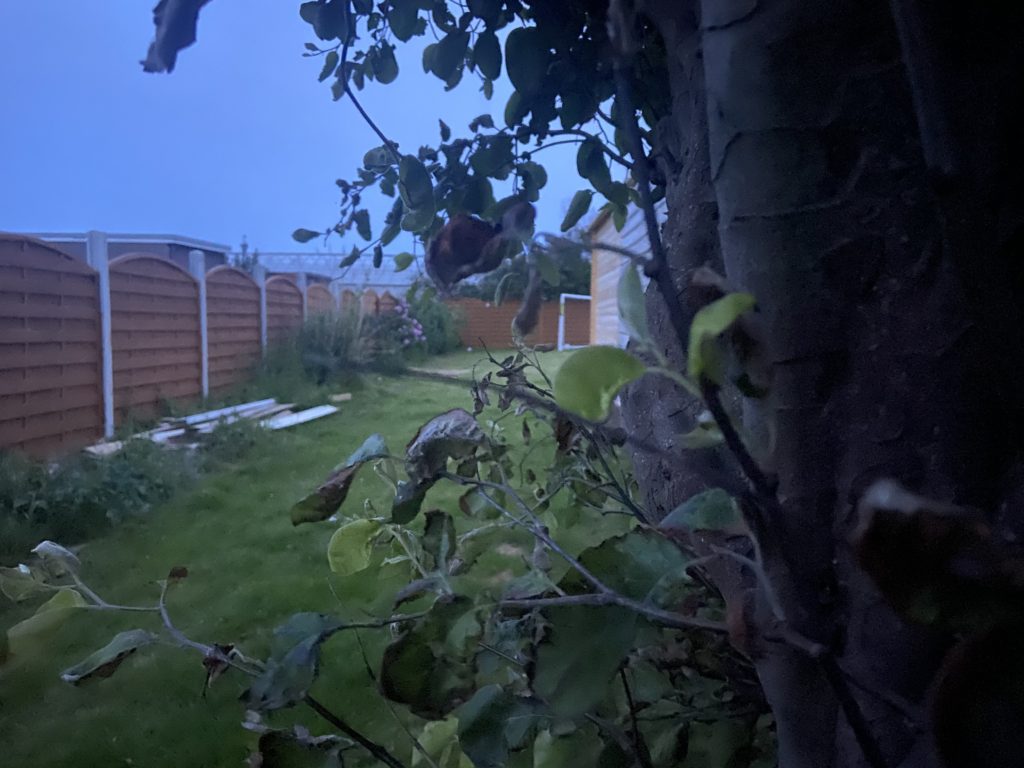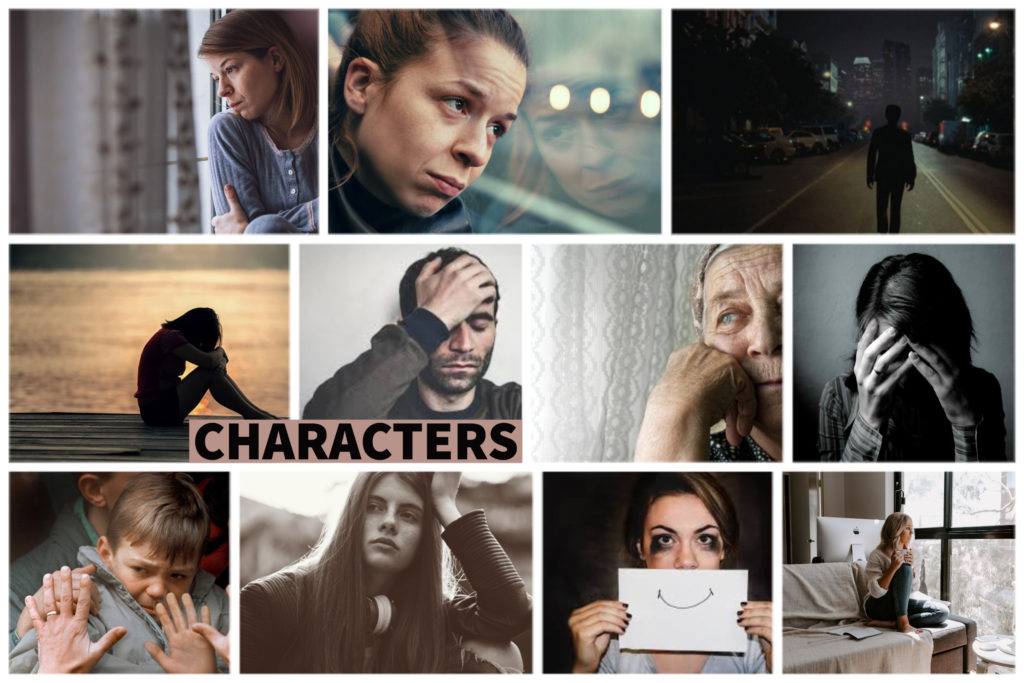- Pastiche = this is an artistic work or style which is similar to the work of another time period or artist
- Bricolage = this is a process where a traditional object or language is given a new and often subversive meaning and context
- Intertextuality = this is when you shape a text’s meaning by another text and is also the interconnection between similar/related works that might influence the audience’s interpretation of the media. It is also the relationship between text, which is inflicted as a means of quotations and allusions
- Implosion = implosion happens when an organisation or a system suddenly collapses or fails and implosion can also be used to describe a person who is subjected to increased pressure and, emotionally at least, bursts inwards
- Cultural appropriation = this is the unacknowledged or inappropriate adoption of customs, practices and ideas of one person or a society of members of a more typically more dominant society. Cultural appropriation is also called misappropriation. It can be seen as controversial when the members of a dominant culture appropriate from a disadvantaged minority culture
- These terminology definitions link to our production task because our style models mean we will create a pastiche because our work produced will be similar to other music videos that follow the theme of isolation. Our production task is in the theme of isolation, therefore we will be applying intertextuality because we are shaping the meaning of isolation by following a tripartite structure in our music video. Implosion links to the themes of isolation and the economic crisis in “Ghost Town” by the Specials and “Letter to the Free” can be seen as a bricolage of equal rights, no matter what skin colour you have. Finally, cultural appropriation links to our style models, as “letter to the Free” has cultural appropriation of the discrimination of black people due to their skin colour.
My Style Models – The Representation of race, ethnicity and cultural difference
In Just the Way You Are, Bruno Mars is mixed race/latino and stars in the music video, and appears to be in love with a white women, thus emphasising that it doesn’t matter about the colour of your skin, people will fall in love because of what’s on the inside, not based on looks and skin tone. Similarly, Sunflower by Post Maline challenges the dominant ideology as stereotypically in all the Marvel films, the superheroes and villains happen to have white skin, however the creator of Spider-Man: into the Spider-verse has used the protagonist (Spider-man) as being a black man, thus emphasising that anyone can be a superhero and therefore giving a sense of power to black people, especially as with recent events, black people have been discriminated and felt powerless. Overall, most of my chosen style models represent race and ethnicity in a positive way, however The Scientist does not include any black/mixed race people in the music video. Instead, the music video shows cultural difference as Chris Martin (the protagonist) appears to be walking in the more poorer areas of London, but then throughout the video he walks to an open forest, which could be seen as identifying the sense of freedom that he has.



